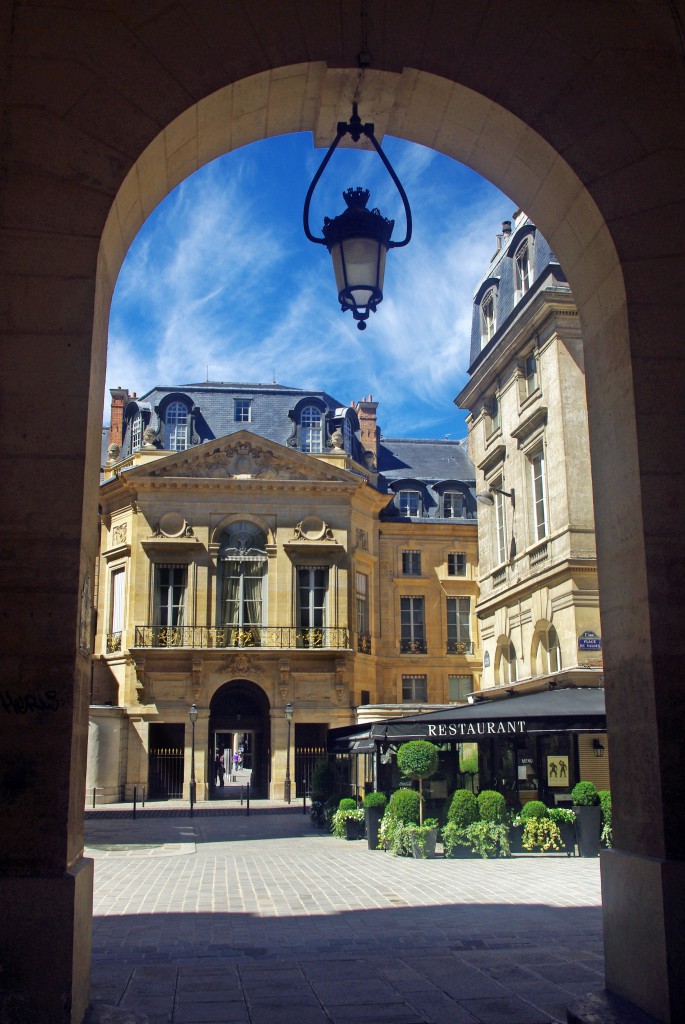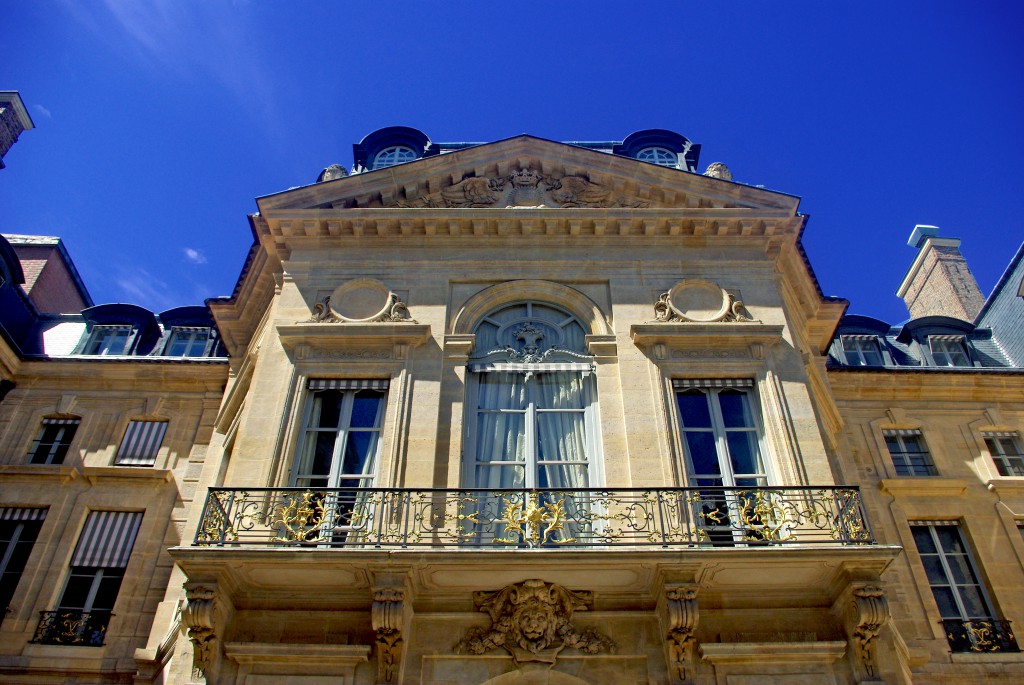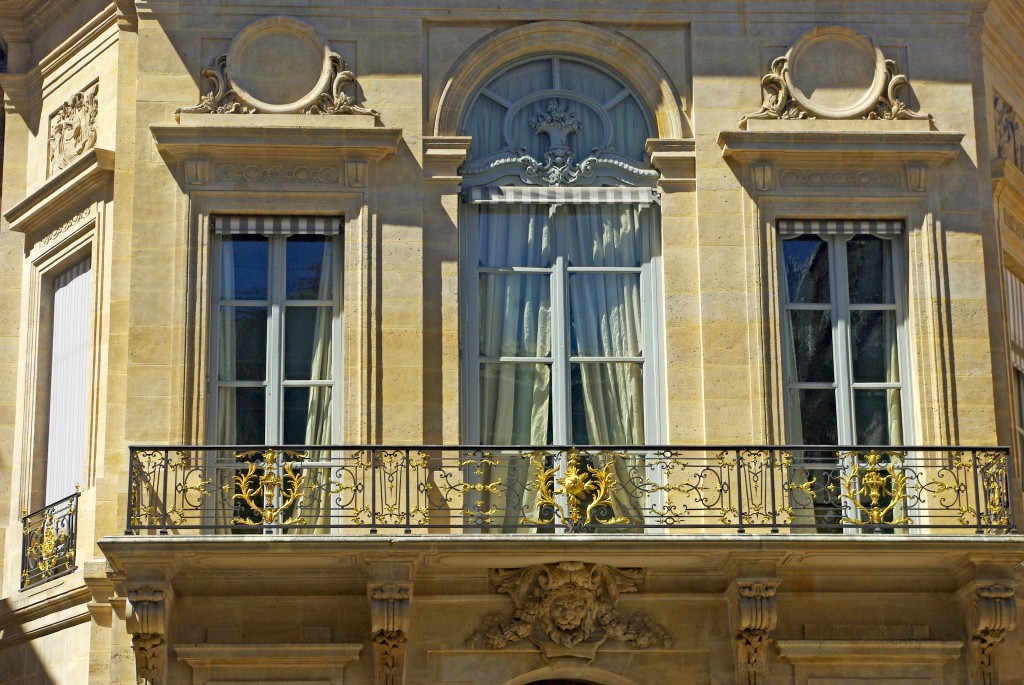So you’re heading to the Palais Royal and its beautiful enclosed garden. Instead of entering the precinct via the usual way, here is another route that’s worth trying.
Today I’m bringing you to the secretive Place de Valois in the first arrondissement of Paris.
From the Place du Palais-Royal
You will need to walk a little bit more to reach the Place de Valois.
From the Place du Palais-Royal (between the Louvre and the Palais-Royal, métro lines 1 and 7), walk to the right on rue Saint-Honoré.
Then turn left on rue des Bons Enfants. This is not, particularly a nice and interesting street.
Keep on walking 70 metres or so and access the covered passage to the left (number 15-17 rue des Bons Enfants). You have reached your destination!
Passage Vérité

The curious covered passage you are in is quite short. It is called ‘Passage Vérité’ and dates back to 1750. It gives access to the Place de Valois. In the past, the passage housed booksellers and prints merchants.
Today it offers a beautiful view of the Constant d’Ivry Pavillon of the Palais-Royal.
Place de Valois

Now you are in the square. Cars have been recently banned and the square now forms a beautiful and peaceful site that not many tourists know of. I particularly like it in the morning on a sunny day.
Place de Valois was opened to the public in 1790 on the site of the former offices of the Palais-Royal.
The square was originally known as the Cour des Fontaines (Fountains’ court) because of the fountains that were placed there to ensure the serving of the Palais-Royal’s receptions. It took the name of Place de Valois from the adjacent rue de Valois.
Who was Louis Philippe I, the last King of the French?
Valois refers to Louis Philippe I (6 October 1773 – 26 August 1850) who was the last King of the French from 1830 to 1848.

He was born in the Palais Royal, then the residence of the Orléans family in Paris, son of Louis Philippe, Duke of Chartres, and Louise Marie Adelaïde de Bourbon.
After a long exile between 1793 and 1815 during when he travelled to Switzerland, Scandinavia and the United States, he came back to France at the time of the Bourbon Restoration.
In 1830, the July Revolution overthrew Charles X and Louis-Philippe was sworn in as Louis-Philippe I, King of the French.
However, his popularity faded as economic conditions in France deteriorated in 1847. He was forced to abdicate after the outbreak of the French Revolution of 1848. Louis-Philippe emigrated to Claremont in England where he died on 26 August 1850.
More info about the square
In the past, the square was frequented by street performers.

The little square is bordered by an inviting restaurant and the luxurious Grand Hotel du Palais-Royal. It opens onto the elegant classical façade of the Constant d’Ivry Pavillon, the East Wing of the Palais Royal occupied by the Ministry of Culture and Communication.

Place de Valois to the Palais-Royal
Access the Palais-Royal through the covered passage under the Constant d’Ivry Pavillon. You will reach the Cour d’honneur of the palace, the inner courtyard that hosts Buren’s columns (1985).

Did you enjoy this article? Then share it on Facebook or Twitter!
Find out more about Place de Valois on Wikipedia (in French)



